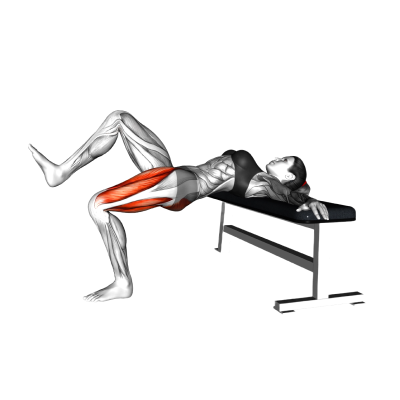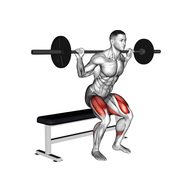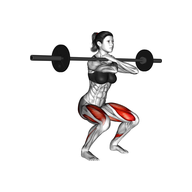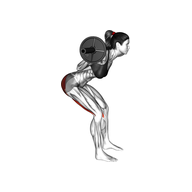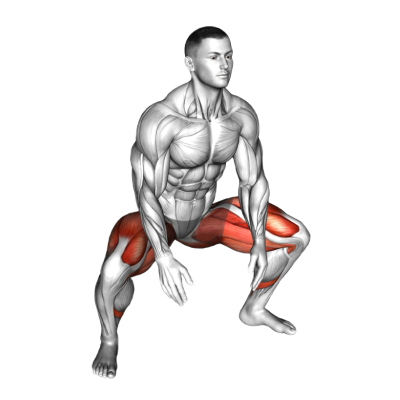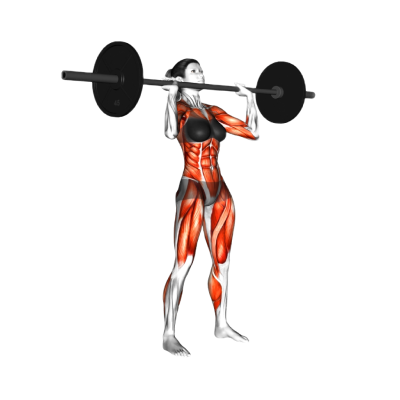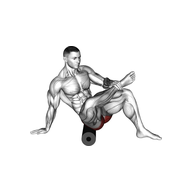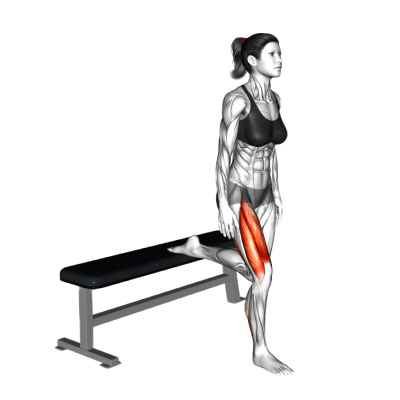What Is the Stiff Leg Deadlift
If you're aiming to elevate your aesthetic workout and achieve a well-defined posterior chain, the stiff leg deadlift is an essential exercise to incorporate into your workout routine. This move is all about honing in on your hamstrings, glutes, and lower back, making it a staple for anyone serious about enhancing their leg definition and overall physique. Whether you're new to weightlifting or an experienced lifter, mastering the stiff leg deadlift can bring you closer to those sculpted legs and a stronger core.
How-to Do Stiff Leg Deadlift
- Hold a barbell with shoulder-width grip while standing at hip-width.
- Bend your knees slightly, brace your core, then hinge at the hips until a contraction in the hamstrings is felt. Keep your back straight and your head aligned with your body. Briefly hold.
- Return to the starting position by flexing your glutes and hamstrings, driving the hips forward.
Muscle Worked
Primary Muscle Groups
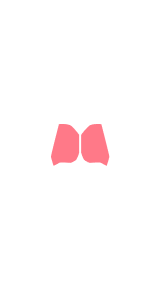

Glutes
The glutes help you extend your thighs from the hips and drive you forward.

Hamstrings
The hamstrings flex your knees and extend and rotate your hips

Lower Back
The low back helps stabilize your spinal column and connects your upper body to your pelvis.Secondary Muscle Groups


Adductors
The adductors are the muscles on the insides of your thighs that move your legs toward the midline of your body

Quads
"Quads" refers to your quadriceps femoris muscles which flex your leg from the hip joint and extend your leg from the knee joint.

Forearms
The forearms help you grip objects and move your hands, wrists and fingers

Abs
"Abs" refers to your abdominal muscles, which sit at the front of your trunk between your ribcage and pelvis

Calves
The calves are the muscles at the back of the lower part of your legs

Traps
Lie on the floor and place a foam roller below your traps and above your shoulder blades.

Lats
Your latissimus dorsi, also called the "lats," help you to move your arms and keep your shoulders stable.

Upper Back
Lie on the floor and place a foam roller below your traps and above your shoulder blades.Pro Tips
- Hip Hinge Focus: The movement should primarily come from your hips, not your lower back. Think of it as a hinge rather than a squat.
- Barbell Proximity: Keep the barbell close to your legs throughout the movement to reduce strain on your lower back.
Equipments
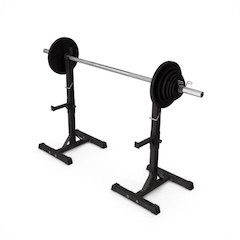
Barbell
A barbell is a long metal bar with space for weight plates on each end used for weightliftingBenefits of Stiff Leg Deadlift
- Posterior Chain Targeting: This exercise is excellent for isolating the hamstrings and glutes, crucial for leg aesthetics and strength.
- Flexibility Enhancement: Regular practice can improve flexibility in your hamstrings and hips, contributing to better movement patterns and reduced injury risk.
Variations
The following exercises target the same primary muscles using the same equipment:
Alternatives
The following exercises target the same primary muscles using different equipment:
FAQ


Get fit with Flex
Build muscle & lose weight fast for free.
Available on iPhone + Apple Watch

